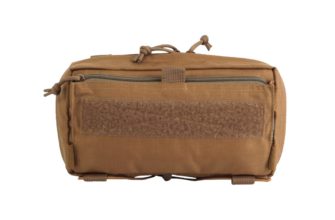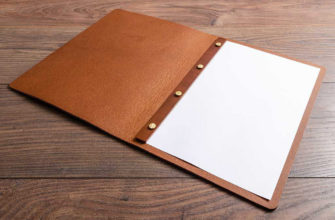You do not need to be in the military or be a member of the police force to wear body armour. After all, this equipment, being a means of body protection, is designed to protect against gunshot and shrapnel wounds, as well as against stabbing with cold weapons. That is why they are successfully used by members of the press, cash collection and security services and even at public events (e.g. by politicians). The success of the result depends on the right choice of armour. What do you need to know not to make a wrong choice?
Basic selection criteria for body armour
If you intend to become the owner of a really effective body armour, you should answer a number of questions:
- What kind of weapon must it protect from;
- How will it be worn – over or under clothing;
- How many hours will it be worn; and
- How many hours you will wear it in a row;
- What parts of the body should be protected;
- What size is suitable.
The answers to many questions can be found in the division of body armour by protection class. Note that each successive class https://uarmprotection.com/shop/category/level-3-body-armor/ provides protection against weapons of all previous classes and is usually heavier in weight. Also, with increasing class, the bullet protection package becomes thicker, which means it is more difficult to hide such a product under clothing. Based on this, there is another type of distinction.
Concealed body armour
These can be worn under a shirt or jumper. They can protect against traumatic gunshots, some other pistols and hand grenade fragments. These are representatives of classes: 1, 2 and 2a. But while the former are simply fabric waistcoats, the latter are fabric waistcoats reinforced with armour plates. The weight is not more than 3 kg and the thickness is 1 cm.
The materials used in this type of waistcoat are adequately flexible and lightweight, they do not hinder the wearer’s movements or interfere with his/her work.
Thanks to their high viscosity and resistance, fragments and blunt-pointed bullets flying at low speed simply get stuck inside them, losing energy. On the outside they are concealed by an outer layer of fabric, e.g: Duspo, Premier, gabardine, Air Mesh, etc.
An interesting type of protection is the T-shirt waistcoat, class 1. It provides excellent protection against all cuts and projectiles fired at speeds of up to 400 metres per second. It is difficult to distinguish it from an ordinary T-shirt worn under a shirt. The inner layer is made of a breathable, moisture-wicking fabric. It is therefore an ideal option for padded waistcoats for long periods of wear.
Body armour worn externally
This group includes semi-rigid and rigid body armour, which is considered professional. First, let us look at how an externally-worn body armour is constructed. It consists of a base, with Kevlar or its analogues, and rigid elements in the form of tiles.
At first glance, it might seem that plastic and ceramic panels are not up to the task, but this is not the case. The fact is that modern plastic and ceramic are not inferior to metal in terms of protection. And in addition, they are much lighter, which means they do not weigh down the outfit as much.
The so-called sandwich armour packs are often used. They consist of two ballistic plates (class 2 and 3) with a shock-absorbing pad between them. They are good in that they offer excellent protection and are easily repairable. After all, in most cases, a bullet that has damaged a Class 2 plate and lodged in the damper will not damage a Class 3 tile. Therefore, only the damaged layer remains to be replaced.









